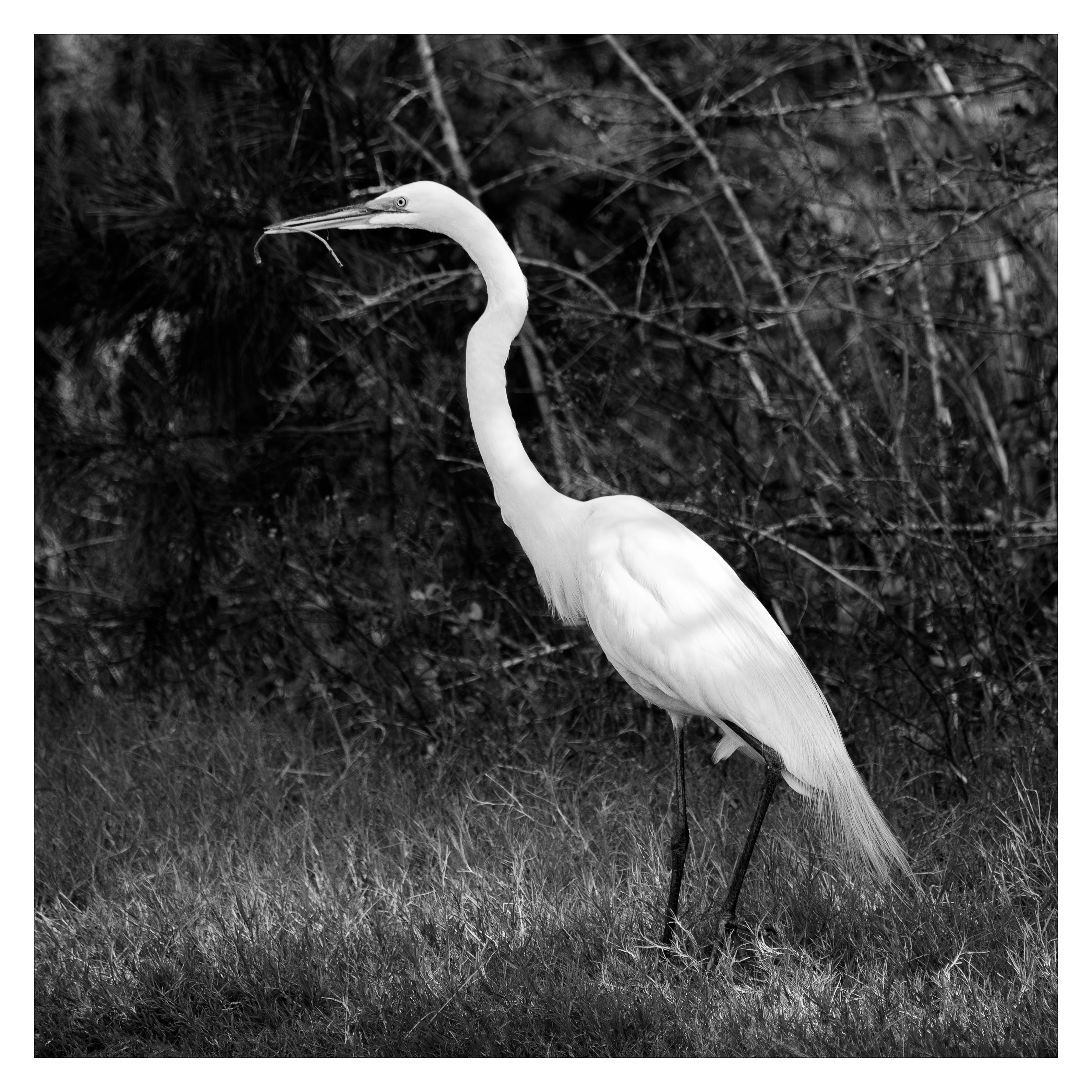A Walk in Congaree National Park: Dealing with Dull Light
“We rely, I think, on landscape photography to make intelligible to us what we already know.” - Robert Adams
Not every visit to a special place will have great photographic conditions, but the subject deserves an image, does it not? Here I spent a few hours walking in the amazing forest and swamp on the raised wooden boardwalk through the epic Congaree National Park, enjoying every minute in the subdued light. As I wrote in my post on February 25, 2023...
The largest intact copse of old-growth bottomland hardwood forest in the southeastern United States, Congaree National Park lets you walk into the past, to a time before the mass deforestation of most of our country’s native forests. This we can do largely through the efforts of one dedicated man, journalist Harry Hampton, who lobbied relentlessly to save this 11,000 acre forest from the lumber companies.
Congaree National Park is named for the native Congaree people whose territory was the area which is now South Carolina. They lived along the banks of the Santee and Congaree Rivers for centuries until they were practically eradicated in the 1700s from smallpox brought by European exploration and colonization. The few survivors were absorbed into the Catawba tribe which still exists in the Carolinas and likely still has traces of the Congaree tribe in its population.
The long growing season and rich soil of the floodplain swamp land from the periodic flooding of the Congaree River yields incredible biodiversity among unique species of trees, including some tremendous Loblolly Pines and massive Water Tupelos. As a very tall temperate forest, the Congaree has a canopy reaching upwards of 130 feet. Located near the Capitol city of Columbia, Congaree is one of the smaller and less well known National Parks. Nevertheless, I highly recommend a visit. It’s a different world that demands a certain reverence.
Clicking on the image will open it in full screen
‘Congaree Water Tupelos in Weston Lake,’ a view into an ancient oxbow lake created two millennia ago from the changing course of the Congaree River and now the watery home of numerous large Water Tupelo trees, in Congaree National Park in central South Carolina.






Comments
Post a Comment